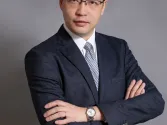
South Korean motor insurers turns profit for the first time in four years
The pandemic played a huge role in this for motor insurers.
South Korean motor insurers were able to turn to profit for the first time in four years in 2021 thanks mostly to fall in loss rate, and rise in premiums and subscribers due to the pandemic, according to data by the Financial Supervisory Commission (FSC).
The 12 car insurers’ combined operating income totaled $320m in 2021, a turnaround from a loss of $310m from a year earlier.
By end-2021, the car insurance industry grew to ₩20.28t ($16b) in terms of original premiums, an increase of 3.7% from a year before. This also marks the first time that the market size exceeded the 20-trillion-won mark.
The FSS said the turnaround was caused by a rise in insurance premiums and subscribers as well as lower loss rates because of limited outdoor activity during the pandemic.
They turned to a profit for the first time since 2017.
The FSS said it will monitor the car insurance market with the expectancy of accident rates increasing as social distancing rules are lifted.
You may also like:
Kakao gets regulator nod for digital insurance business












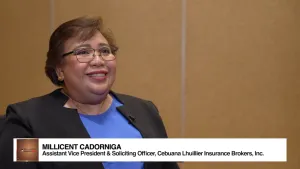

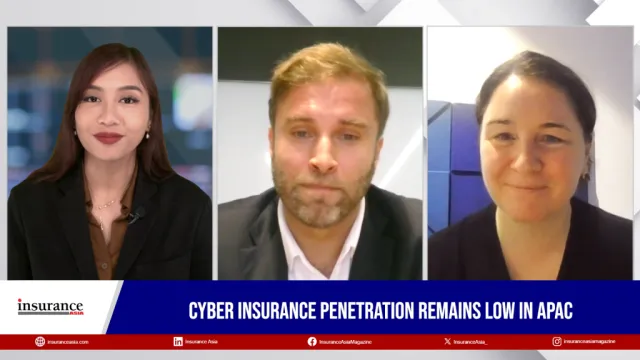


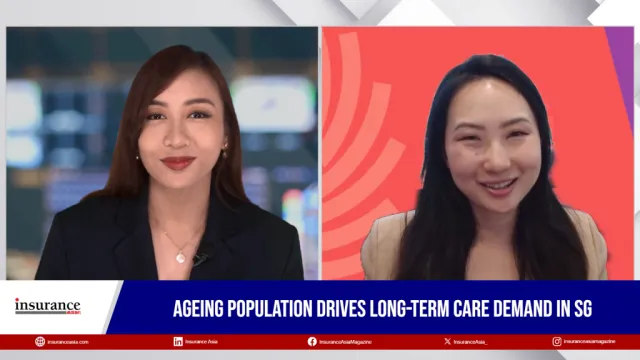
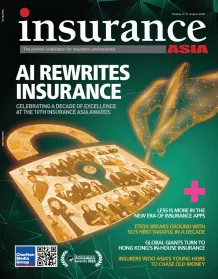
 Advertise
Advertise


